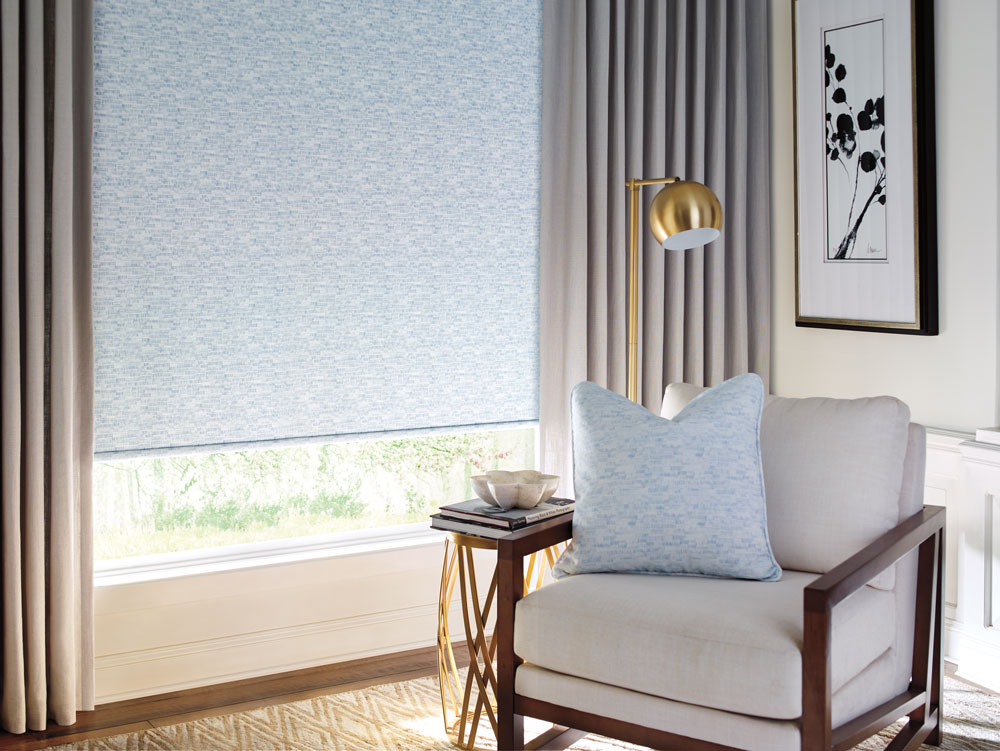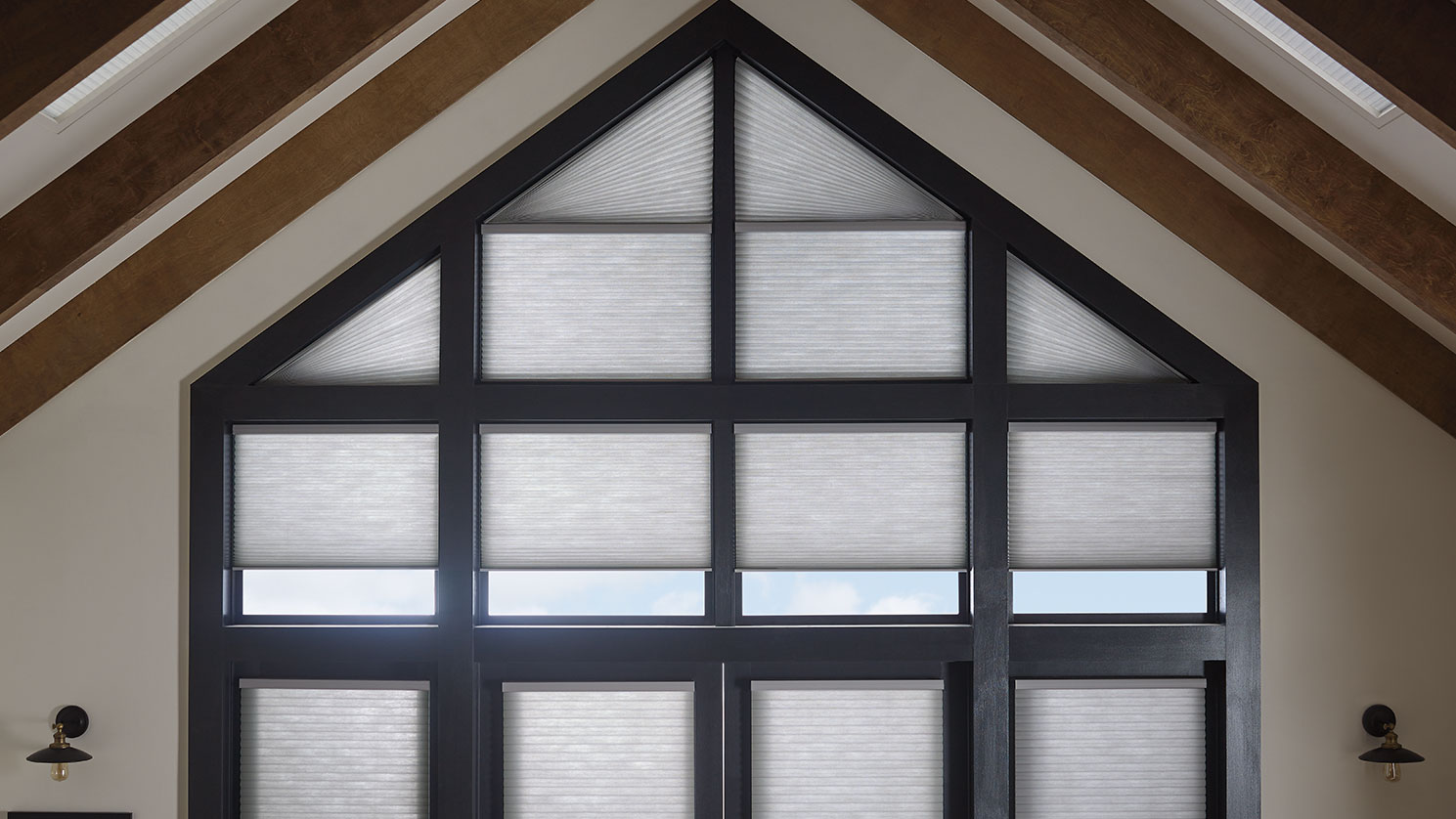The Insulation Value of Shades
When deciding on a window treatment for any room there are a multitude of factors to consider, from the style of the treatment to its operability and energy efficient properties. In fact, we’ve even discussed in our previous posts that many of our customers choose wildly different treatments for the different rooms in their homes!
But for those who recognize energy costs as the biggest factor in deciding on a treatment, we recommend two distinct styles- cellular shades and roller shades. Our goal in this post is to briefly explain the science around insulative shades and thermal resistance and to discuss the types of energy-efficient shades on the market, along with the benefits of each.
An innovative and streamlined offering from the Hunter Douglas line is the Applause® honeycomb shade. Available in a variety of fabrics and colors, the Applause® shades were designed with a double cell honeycomb construction. By having additional air pockets between your room and the window, these shades are specially constructed to help prevent the outside climate from coming in. With the Vertiglide® operating system, the Applause® shades are perfect for both vertical and horizontal applications.


According to knowledgeable writers at Science Direct, thermal resistance is “the ratio of the temperature difference between the two faces of a material to the rate of heat flow per unit area.” In other words, this quality is the ability of a material to keep warm air on one side from passing through the other, and this concept applies as much to keeping your home warm and comfortable in the wintertime as it does to keep it cool during the summer.
Common sense seems to imply that window treatments made from thicker fabrics are more insulative than their thinner counterparts. However, this is not always the case because thermal resistance is calculated using a combination of two factors- the thickness of a fabric as well as the thermal conductivity of the material, or its ability to transmit heat.
The high thermal resistance or “R-value” of cellular shades and roller shades is what leads us to recommend these types of treatments to our efficiency-minded customers. Here’s a little information about how these models work!
Not only are cellular shades the most energy-efficient window treatments that we offer, but they are also highly customizable, with multiple fabric options to choose from.
Why do they work so well? The unique shape of these treatments causes warm air to collect in pockets, slowing its entry into or exit from your home. This design, combined with the fact that most cellular shades are manufactured using fabrics with high thermal conductivity, to begin with, means that they can provide up to twice the amount of insulation offered by other types of treatments!
Double cell shades, which employ two layers of fabric, offer the absolute most insulation from unwanted warm or cool air outside of the home and added features like sidetracks can help to ensure that every half-inch of a window is adequately covered, adding to the insulative value of these treatments.
Roller Shades provide another option for efficiency-minded homeowners that, while not matching the insulative properties of cellular shades, do offer a higher number of decorative options. The thermal resistance of roller shades generally comes from the properties of the fabrics themselves, and so it is important to consider blackout models or those made with thicker fabrics, which have significantly higher “R-values”.



